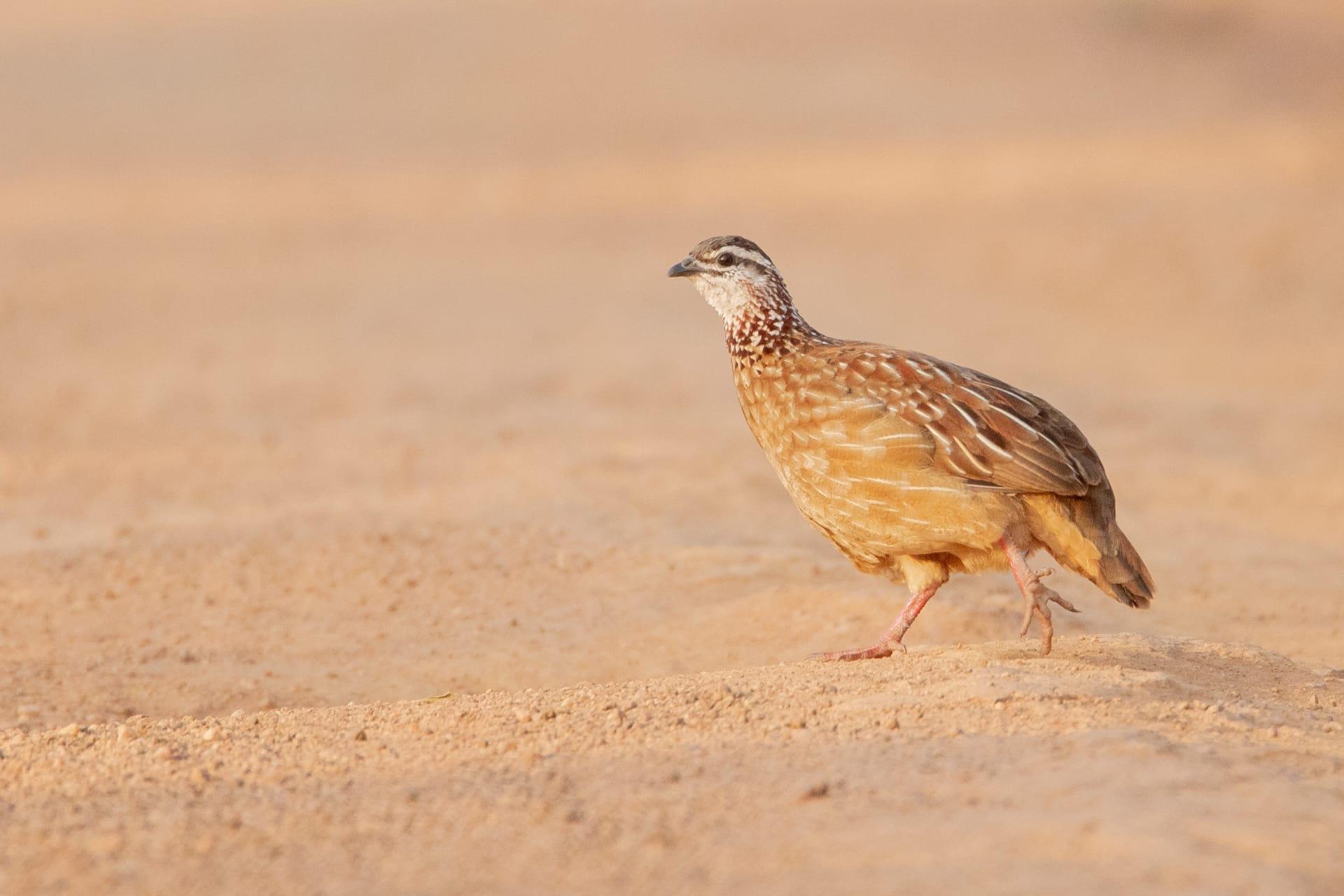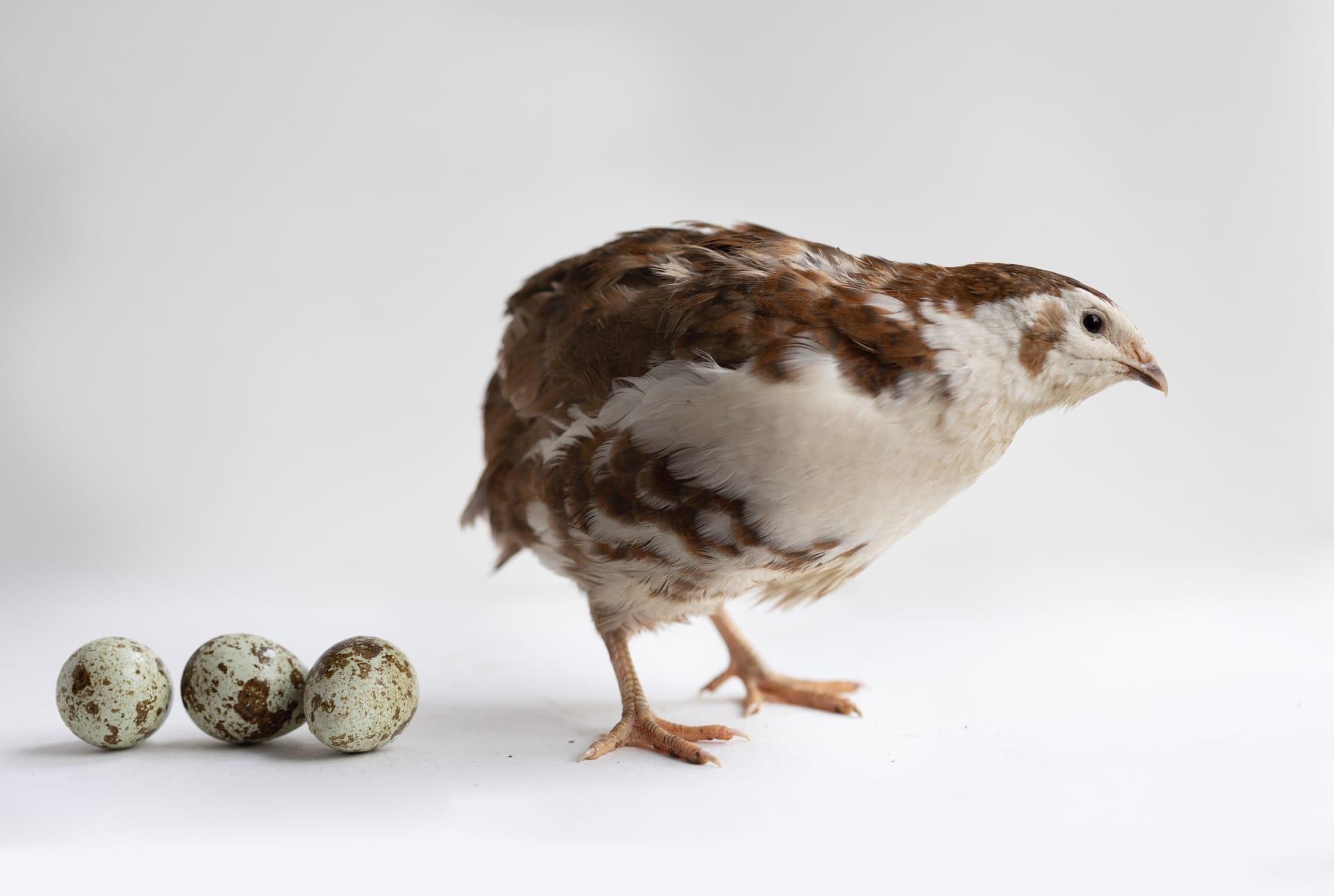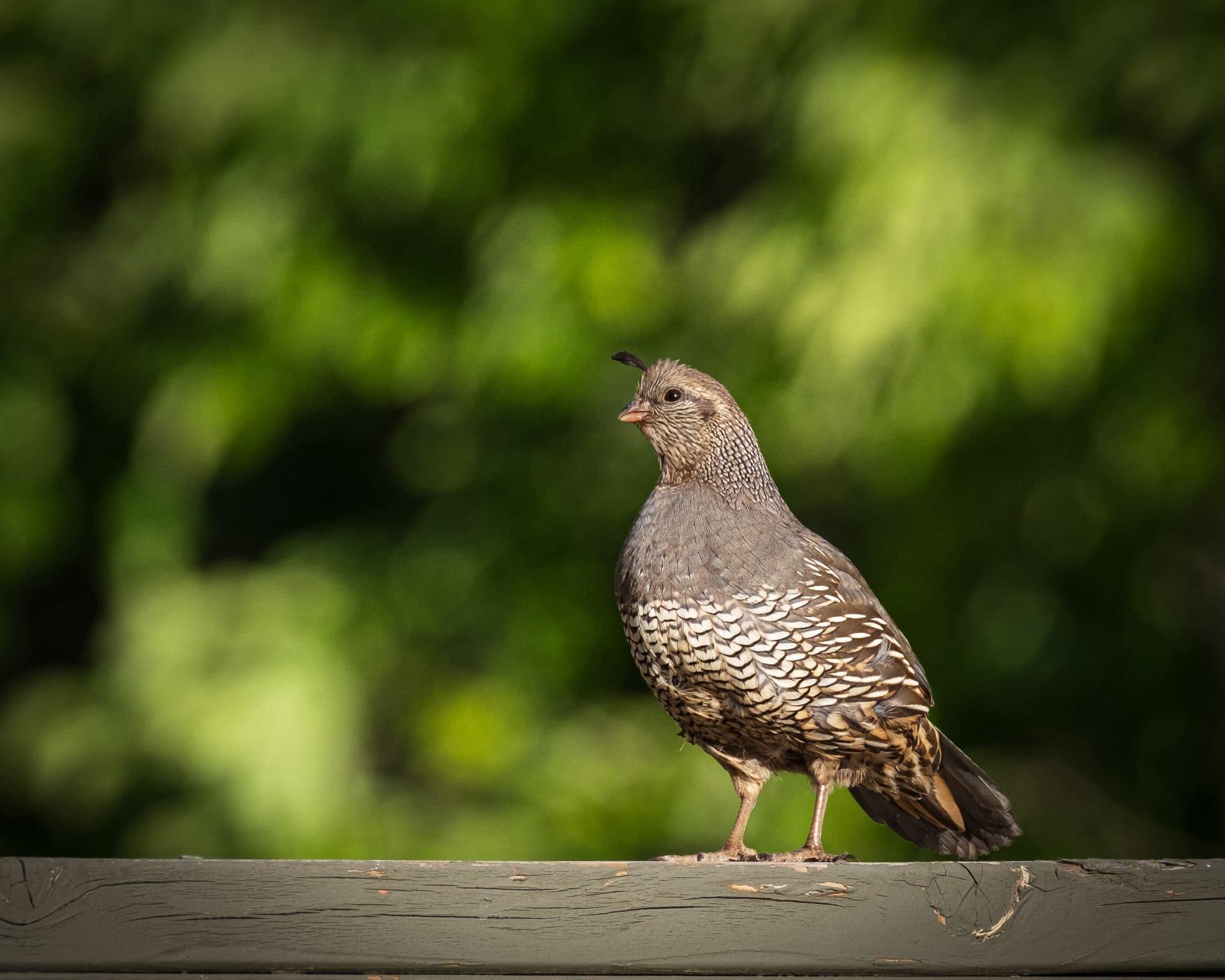Quail
- Home /
- Mini Encyclopedia /
- Animal /
- Quail
1
Quails belong to the family Phasianidae and the genus Coturnix, which also includes pheasants and partridges. These small ground-nesting birds are characterized by their short, stocky bodies and camouflaged plumage. There are multiple species within this genus, such as the Common Quail (Coturnix coturnix) and the Japanese Quail (Coturnix japonica). Each species has its unique adaptations, but all share a remarkable ability to blend into their environments.
Quails are distributed across many parts of the world, adapting to various habitats. The Common Quail, for instance, is found throughout Europe, North Africa, the southern part of Asia, and in parts of the Middle East. Meanwhile, the Japanese Quail is native to East Asia but has been introduced to Europe and North America. These birds generally prefer open spaces like fields and meadows, often near water sources. Their widespread presence demonstrates their adaptability to different environmental conditions, ranging from temperate zones to subtropical areas.

2
Question: Do quails migrate long distances like other birds?
Answer: Contrary to popular belief, not all quail species are long-distance migrators. The Common Quail is a notable exception, known for its impressive migrations across Europe and Africa. However, other species like the California Quail are primarily sedentary, staying within a limited area throughout their lives. This misconception arises because quails are often grouped with other migratory game birds, but in reality, their migratory behavior varies significantly across species.

3
Quails have developed several survival strategies that are fascinating. Their plumage, resembling the earthy tones of their natural habitat, provides excellent camouflage against predators. This camouflage is especially effective during nesting, as quails are ground-nesters. Additionally, they have a unique defense mechanism called "explosive flight" – a sudden, rapid burst of flying that startles predators, giving the quails a chance to escape.
Another strategy is their social behavior. Quails often form coveys, groups that provide safety in numbers. These groups can range from a few birds to over a hundred, especially outside the breeding season. The covey system not only helps in evading predators but also aids in foraging and maintaining body heat in colder temperatures.

4
In ecosystems, quails play a dual role as both predator and prey. They help control insect populations, as insects form a significant part of their diet. This pest control is beneficial for agriculture and natural plant life, contributing to the health of the ecosystems they inhabit.
As prey animals, quails are a crucial food source for a variety of predators, including foxes, snakes, and birds of prey. Their presence in the food chain helps maintain the balance between predator and prey populations. Additionally, quail eggs and chicks are often targeted by predators, which adds another layer of interaction within the ecosystem.

5
Film: "The Secret Life of Quails" is a documentary produced in the United States in 2020. It explores the hidden world of quails in their natural habitats, focusing on their mating rituals, nesting behaviors, and survival strategies. The film provides an intimate look at these often-overlooked birds and highlights the challenges they face in the wild.
Book: "Quails: Their Life and Behavior" is a comprehensive guide authored by British ornithologist John Thompson, published in 2018. This book delves into the different quail species, their habitats, social structures, and the impact of human activities on their populations. It's a detailed resource for both bird enthusiasts and conservationists.
Book: "Wings of the Dawn: The Mysterious World of Quails" is an American publication from 2021 by wildlife biologist Emma Richardson. It combines scientific research with captivating narratives, exploring the migration patterns, ecological roles, and conservation efforts surrounding various quail species. Richardson's book is praised for making complex scientific information accessible and engaging to a general audience.